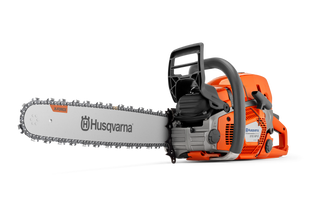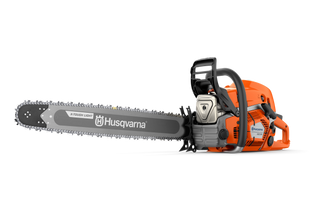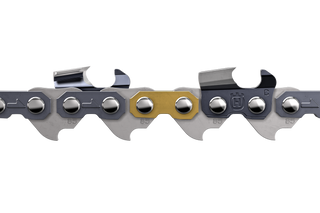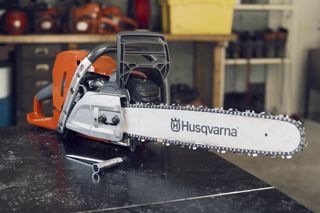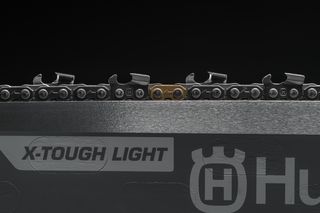Discover Husqvarna's 330 year history
Learn how the Husqvarna of yesterday became the Husqvarna of today!
Our Heritage
In the late 1600’s, the wars that raged across Europe resulted in an increase in Sweden’s weapons production. Hydropower was required in the manufacturing process, so in 1689, a drilling works was established beside the water falls in Huskvarna, southern Sweden (at that time spelled Husqvarna), where many products are still produced today.
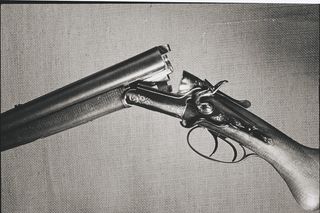
As the need for weapons declined, the company saw an opportunity to branch out by applying the precision engineering skills achieved from producing weapons, to a whole new set of other products ranging from sewing machines, hunting weapons, wood stoves, mincing machines, bicycles, motorcycles, gas stoves, microwave ovens and much more.
Environmental and Ergonomic Concerns
The know-how gained from developing and manufacturing so many different products became an asset for Husqvarna when designing new products and challenging existing solutions. This was an early way of “thinking outside the box”, well exemplified by the development of Husqvarna’s first chainsaw. Existing chainsaws on the market at the time caused problems with noise pollution. By using motorcycle muffler technology, which was developed in-house, the noise level of the Husqvarna 90 was cut down to half that of the contemporary competition. Soon afterwards, this solution was followed by, amongst others, new inventions like anti-vibration that prevented vibration white fingers disease and the first automated chain brake.
Throughout the years, Husqvarna has proved its technological leadership by introducing groundbreaking and award winning solutions and products with a strong user focus:
- X-Torq®, predominantly used in handheld products, that delivers higher fuel efficiency and reduced exhaust emission levels, in accordance with the world´s most stringent environmental regulations.
- AutoTune™,a technological and environmental breakthrough in professional chainsaws, which minimizes exhaust emissions and optimizes engine, performance, omitting the need to spend time on carburetor adjustments.
- Battery Powered mowers and chainsaws with petrol performance; lightweight, quiet and free from direct emissions.
- Robotic Mowers quiet self-operating mowers that frees up time for homeowners and facility managers produces no direct emissions during use and consumes very little energy.
- Demolition Robots for the construction industry delivers high power despite of low weight, equipped with remote control it enables demolition tasks in areas where it is too dangerous for workers to enter. Today Husqvarna products are hard at work in home gardens, parks, forests and construction sites around the world, giving craftsmen the confidence to perform well.
Husqvarna Milestones
1620-1689: Setting sail
Husqvarna is founded as “Jönköping Rifle Factory” by decree of the Swedish monarch. In the first years of its operation, the factory produces approximately 1,500 musket pipes annually. That original product inspires the classic “gun sight” logo, which is still in use today. When Sweden begins building up its army in 1689, the company establishes a separate site for boring and grinding musket pipes, 7 kilometers away at a place called Huskvarna.
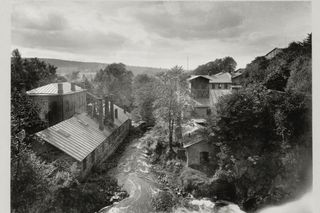
1757–1850: Becoming Husqvarna
Swedish royalty transfers the company to a private owner, and the name changes to “Husqvarna Rifle Factory.” By 1850, all production has moved to the Huskvarna location.
1872–1912: Breaking new ground
Husqvarna’s rifle contract with the Swedish crown ends, and the company looks for ways to branch out. An ambitious period of innovation commences, resulting in an array of new products, including: Sewing machines (1872), hunting weapons (1877), wood stoves (1884), mincing machines (1890), the first Swedish typewriter (1895), bicycles (1896), motorcycles (1903) and gas stoves (1912).
1903: The Motorcycle Era Begins
In 1903, Husqvarna introduces motorcycles. Years later, in 1982, a Husqvarna motorbike, MC 258, wins the 250cc class of the legendary Paris-Dakar rally. The motorcycle division was sold off in 1986, and is now part of Pierer AG in Austria.
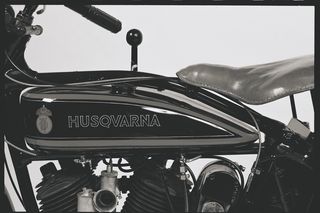
1918–1919: The first lawnmower
Husqvarna acquires “Norrahammars Bruk,” in the process adding two new products to the portfolio: boilers and manual lawnmowers. In 1919, the company begins manufacturing its own engines.
1921–1949: Becoming a household name
Expansion continues with a number of household appliances, including Husqvarna’s first electric stove, dishwasher and washing machine.
1947-1959: The first motorized mowers – and chainsaws
Husqvarna introduces its first motorized lawnmower for commercial use in 1947. In 1959, the first homeowner model hits the market. It’s a busy period for Husqvarna; in the same year, the first chainsaw is sold. Known as the Husqvarna 90, the chainsaw is built by iconic Swedish designer Sixten Sason. Sason uses motorcycle muffler technology to achieve significantly lower noise levels than competitors.

1967: A farewell to arms
Husqvarna presents its last hunting rifle, the 1900-series. The weapon is regarded as ahead of its time, inspiring civil weapons manufacturers worldwide. Modern hunting rifles still employ Husqvarna’s innovative bolt construction.
1968: Clear the way for brushcutters
Husqvarna begins production of brushcutters, beginning with model 65r. The product strengthens Husqvarna’s bond with forestry professionals.
1969: Anti-vibration
The Husqvarna 180 chainsaw is released, featuring groundbreaking anti-vibration technology. As a result, forestry workers around the world enjoy increased comfort and control while they work.
1972: New name – new look
The company name is officially shortened to “Husqvarna.” The rebranding effort includes a newer, sleeker logo.
1973: Safety first!
The Husqvarna 140, the world’s first chainsaw featuring an automatic chain break, makes its debut. The innovative saw is highly regarded by forestry workers, for whom it spares kickback-related injuries.
1982: Paris-Dakar
A Husqvarna motorcycle (MC 258) wins the 250cc class of the legendary Paris-Dakar rally. Originally built for the Swedish army, the motorcycle soon attracts the interest of the French military, too. Wishing to showcase its bike, Husqvarna signs up for the event. Apart from a larger gas tank and better saddle, the winning motorcycle is not modified in any way prior to the race.
1985: The year of the Rider
The first prototype of what is to become the Husqvarna Rider is born.
1986: End of the road
Husqvarna’s motorcycle division is sold off. The brand continues to thrive to the present day.
1988–1990: Overseas success
The United States becomes Husqvarna’s largest market for outdoor products. A new acquisition empowers the company to introduce garden tractors in Europe.
1989: Taking the throne
Husqvarna introduces the 3120 XP, one of the world’s biggest and most powerful chainsaws. It becomes an instant favorite among professional loggers.
1995: The birth of the robotic mower
Husqvarna launches the Solar Mower, the world’s first fully robotic lawnmower. Powered entirely by solar energy, the machine is the predecessor of the Husqvarna Automower®.
1997: Renewed focus
The sewing machine brand is sold, leaving Husqvarna to focus solely on two areas of expertise: outdoor power products and construction equipment.
1999: TrioBrake™
The TrioBreak™ feature, which enables users to activate the chain break with the opposite hand, is introduced in 1999. The innovation further reduces the risk of injury for forestry workers.

2009: Chainsaw breakthrough
Husqvarna introduces AutoTune™, a technological and environmental breakthrough in professional chainsaws. The innovation regulates fuel flow, optimizing performance and reducing emissions.
2012: Turning the wheels
Husqvarna is the first to introduce an all-wheel drive walk-behind lawnmower. The mower offers superior stability on hills and uneven terrain.
2016: X-Cut Saw Chain
Husqvarna is starting to manufacture chainsaw chains to take the Husqvarna chainsaws to a new level of cutting experience, resulting in higher efficiency. The X-Cut chains are produced in a new state-of-the-art manufacturing facility in Huskvarna that can manage the highly complex production of chains, from raw material to complete product.
2018: All-wheel robotics
Husqvarna expands its robotic mower offerings with Automower® AWD models that perform well on steep slopes.

